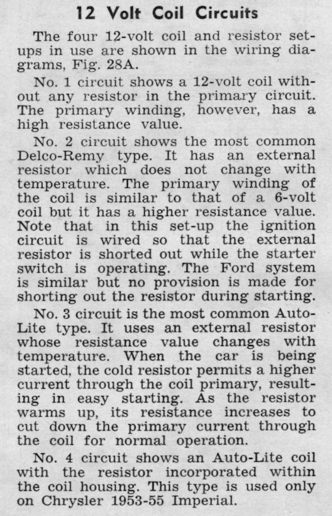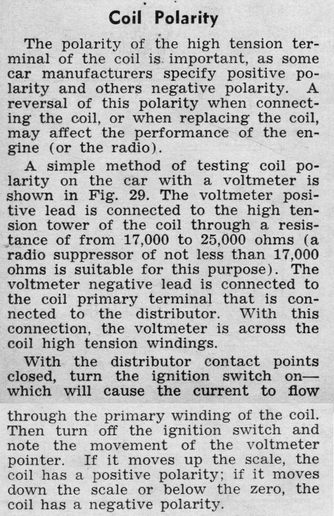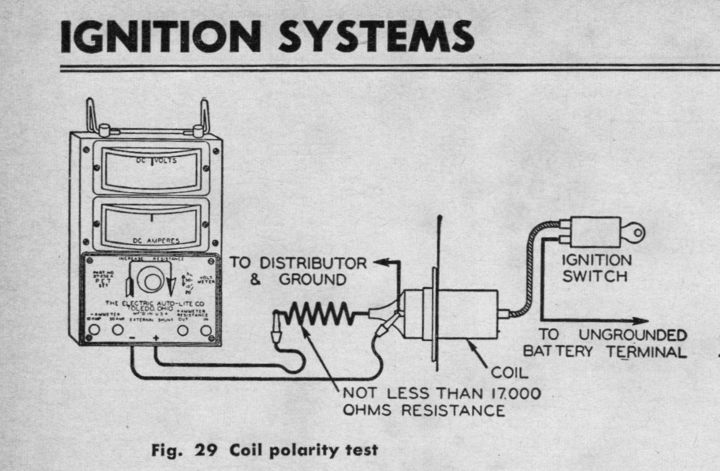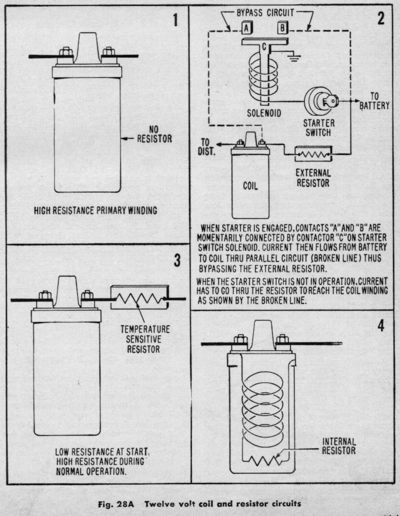I find some of the older tech manuals fascinating. Many go into deeper discussions of various systems then I see in modern manuals. Some of my best are from the early 1900s.
That said - here is a great discussion of ignition coils from 1959. Including those "non existent" coils with internal resistors.
Considering farm tractors just about always used automotive systems - good reading to those types of people that like tech stuff.




That said - here is a great discussion of ignition coils from 1959. Including those "non existent" coils with internal resistors.
Considering farm tractors just about always used automotive systems - good reading to those types of people that like tech stuff.





